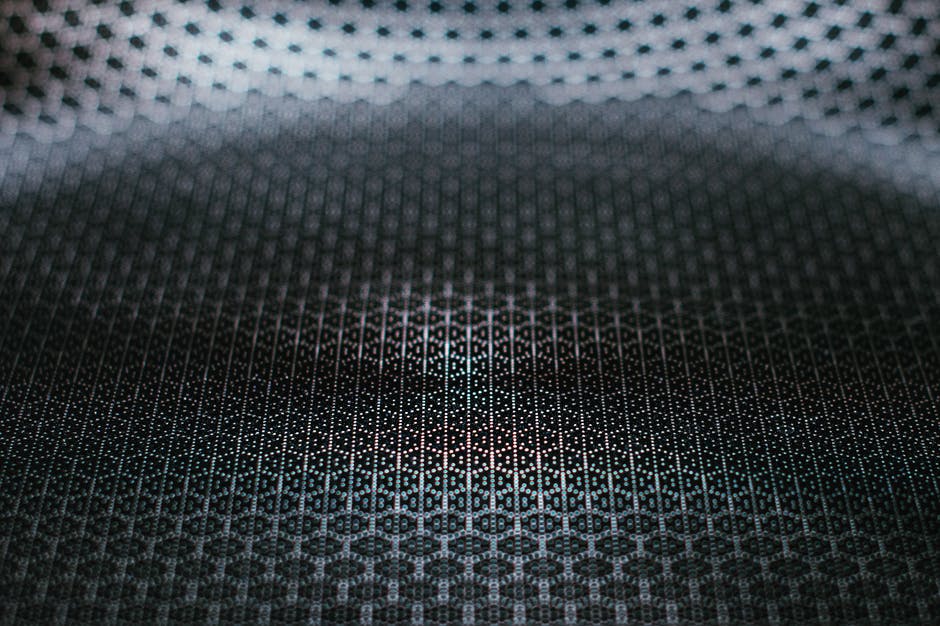
There’s nothing like carbon fiber. Carbon fiber manufacturing is a unique method and fascinating when explored in greater detail.
To learn all about carbon fiber, continue reading below.
The Lowdown on Carbon Fiber Manufacturing
Like other materials, quality carbon fiber starts with a base component: polyacrylonitrile (PAN). 90% of carbon fibers are made out of that. The other 10% – petroleum pitch or rayon.
Manufacturers use a variety of liquids and gases to make carbon fiber. During the spinning, carbon fiber manufacturing PAN mixes with other ingredients to be spun into fibers. Then, fibers will wash and be stretched.
Next comes stabilizing. During this step, fibers being heating for 30-120 minutes to 390-590° F. A few things happen throughout this stage.
First, the fibers get the air’s oxygen molecules. In doing so, the atomic bonding pattern rearranges over the course of chemical reactions. The techniques and equipment used in commercial stabilization processes vary from one process to another.
Some processes draw the fibers through heated chambers. Others pass them across hot rollers and through loose materials.
After stabilizing comes carbonizing. Stabilized fibers heat into a sweltering 1,830-5,500° F furnace for many minutes with an oxygen-less gas mixture. The absence of oxygen stops the fibers from burning.
Heating the fibers makes them drop their non-carbon atoms and even some carbon atoms. That takes the form of gases like ammonia, water vapor, carbon dioxide, carbon monoxide, nitrogen, hydrogen, and more. While the non-carbon atoms flee, the carbon atoms remaining make closely bonded carbon crystals.
More of the Science Behind Carbon Fiber
The manufacturing process doesn’t stop there.
Once the fibers carbonize, the surface somewhat oxidizes. Adding oxygen atoms to the surface allows for more chemical bonding. It also roughens and etches the surface to facilitate better mechanical bonding.
Manufacturers oxidize fibers by putting them in carbon dioxide, air, ozone, or other gases. Or they use liquids like nitric acid or sodium hypochlorite.
Fibers can also be made the positive terminal in a bath of electrically conductive materials to coat them electrolytically. At all times, manufacturers must carefully control the surface treatment to prevent pits and other small surface defects from forming. These could cause the fiber to fail.
The final step in the carbon fiber manufacturing process is sizing. That’s the process of coating the fibers to safeguard them against damage during weaving or winding. Coating materials work with the adhesive used in making composite materials.
The coated fibers are then wound by hand onto bobbins during the final mini-steps of making the handmade products. Finally, bobbins spin within the machine, and the fibers become yarn.
A Multi-Step Journey
As you can see, the carbon fiber manufacturing process is a careful and deliberate journey toward carbon fiber perfection. Well-planned, calculated, and highly scientific advancement designed for carbon fiber.
If your company would like some handmade carbon fiber manufactured as meticulously as the process described above, then request a free quote from SMI Composites today.
